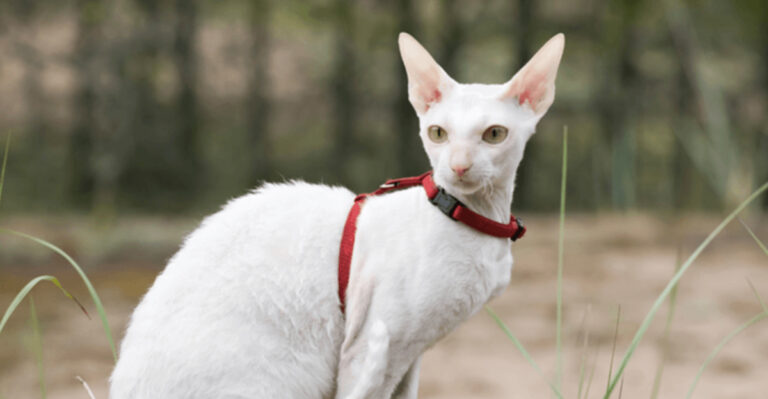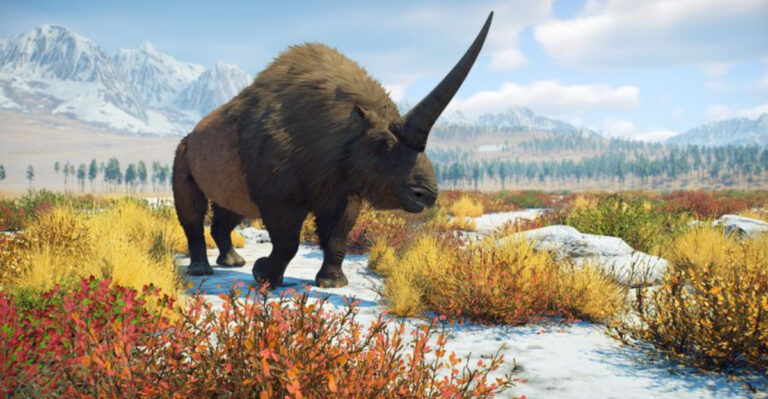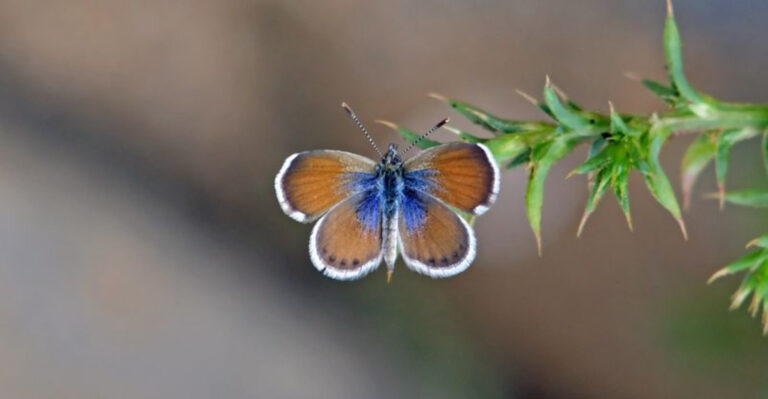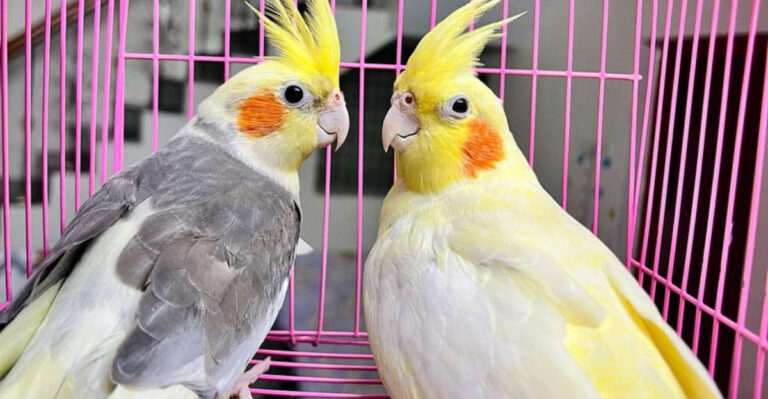16 American Animals You Might Never See Again

Across America’s diverse landscapes, from lush forests to arid deserts, numerous incredible creatures face an uncertain future.
Climate change, habitat loss, and human interference have pushed many unique American animals to the brink of extinction. Let’s explore 16 remarkable species that might disappear forever unless conservation efforts succeed.
1. Florida Panther
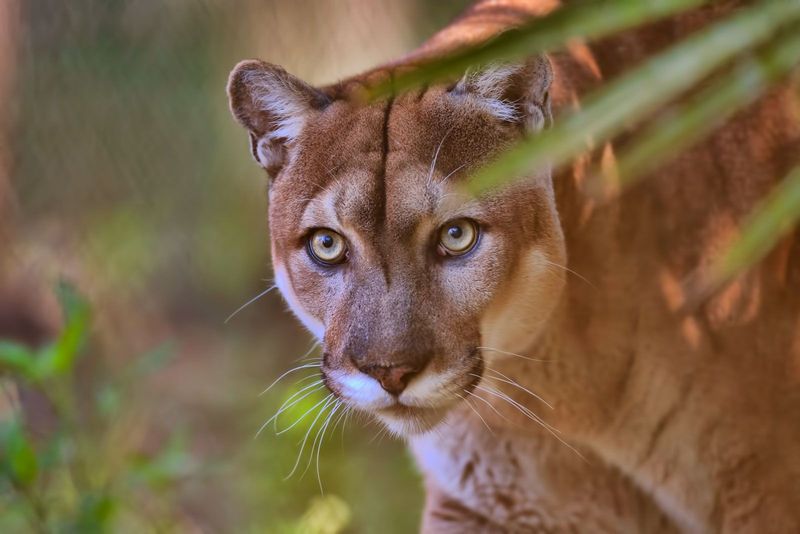
Once roaming throughout the southeastern United States, fewer than 200 of these majestic big cats remain today.
Their tawny coats blend perfectly with Florida’s undergrowth, making them elusive shadow-dwellers.
Vehicle strikes and habitat fragmentation continue threatening their survival. Despite being Florida’s official state animal, these solitary hunters struggle to maintain genetic diversity in their dwindling population.
2. Red Wolf
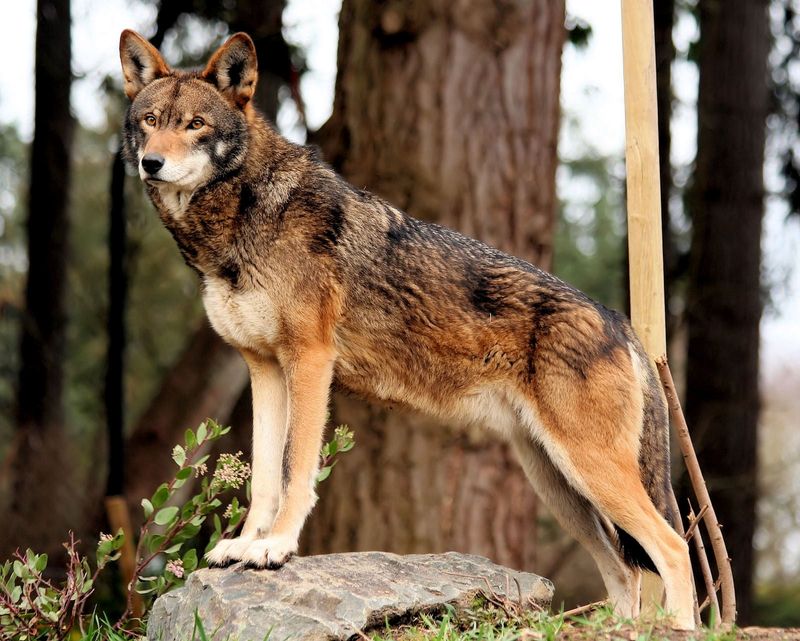
Howling on the edge of oblivion, red wolves number fewer than 20 individuals in the wild. Smaller than their gray wolf cousins but larger than coyotes, these russet-colored predators once thrived across the eastern United States.
Hybridization with coyotes threatens their genetic purity. Conservation breeding programs offer a glimmer of hope, but their forest territories continue shrinking as development expands.
3. Ivory-Billed Woodpecker

Nicknamed the “Lord God Bird” because of exclamations people made upon seeing it, this magnificent woodpecker may already be gone forever. With striking black-and-white plumage and a brilliant red crest, it once inhabited old-growth forests across the southeastern states.
Despite occasional claimed sightings, no conclusive evidence confirms living specimens exist. Logging destroyed most of its specialized habitat decades ago.
4. Oahu Tree Snail
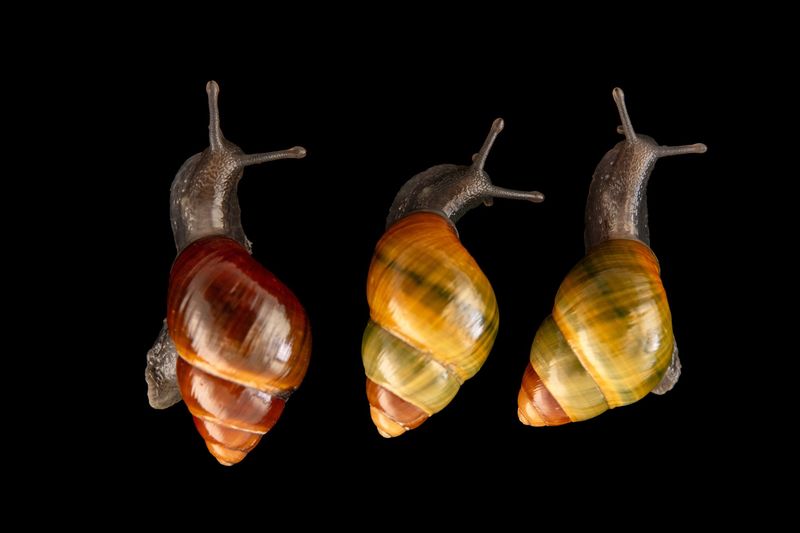
Rainbow-hued shells once adorned Hawaiian forests as these tiny gastropods went about their quiet lives. Nearly all 41 species of these multicolored marvels have vanished, victims of introduced predators and habitat destruction.
Some surviving snails now live in captive breeding facilities. Their slow reproduction rate makes recovery challenging, while invasive wolf snails specifically hunt them down, pushing them closer to extinction.
5. Delta Smelt
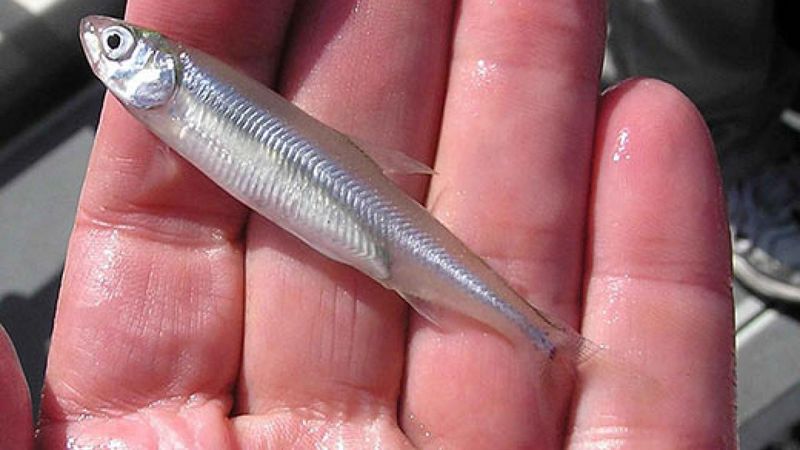
Barely three inches long, these translucent fish face giant-sized problems in California’s Sacramento-San Joaquin Delta. Their population has crashed by over 99% in recent decades, making them nearly impossible to find in their native waters.
Water diversions, pollution, and invasive species have devastated their ecosystem. As climate change intensifies California’s water conflicts, these tiny swimmers have become powerful symbols in battles over resource management.
6. Gopher Tortoise

Master architects of the southeastern coastal plains, these shelled diggers create elaborate burrow systems that benefit over 350 other species. Their shovel-like front legs efficiently excavate tunnels up to 40 feet long.
Development has fragmented their sandy habitats. As keystone species, their decline threatens entire ecosystems. When gopher tortoises disappear, so do the countless creatures that depend on their underground sanctuaries.
7. Devils Hole Pupfish
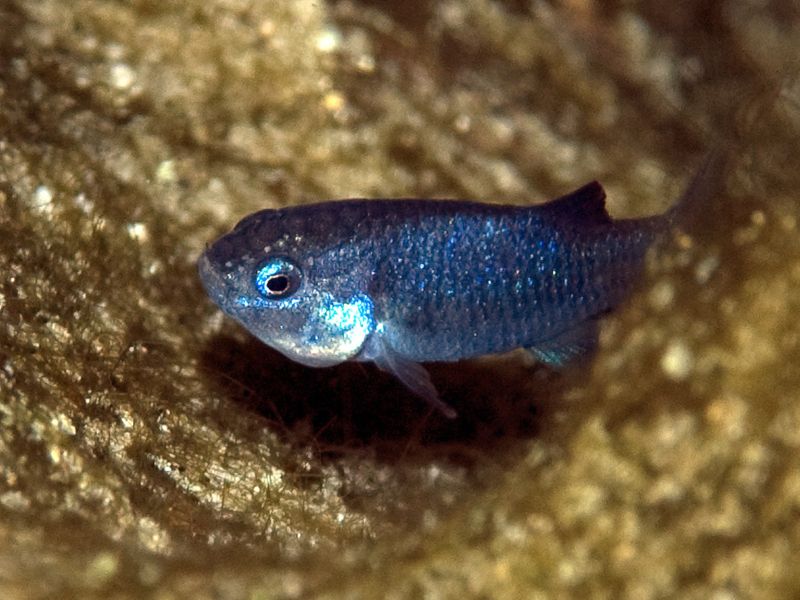
Surviving in a single limestone cavern in Nevada’s desert, these iridescent blue fish might be Earth’s rarest vertebrates. Their entire wild population fluctuates between just 35-200 individuals in a habitat smaller than your living room.
Evolved in isolation for thousands of years, they’ve adapted to constant 93°F water and low oxygen levels. Even minor disturbances to their fragile environment could wipe them out instantly.
8. Rusty Patched Bumble Bee

Farmers once relied on these fuzzy pollinators with distinctive rust-colored patches on their backs. Their populations have plummeted by 87% since the late 1990s, disappearing from most of their historical range across 28 states.
Pesticides, disease, habitat loss, and climate change have all contributed to their decline. As first bee species listed under the Endangered Species Act, their plight highlights broader concerns about pollinator collapse.
9. San Joaquin Kit Fox

Under cover of darkness, these adorable nocturnal hunters with oversized ears once thrived throughout California’s Central Valley. Standing barely 12 inches tall, they’re among North America’s smallest foxes, perfectly adapted for desert life.
Agricultural expansion has claimed over 90% of their habitat. Pesticides, vehicle strikes, and competition with non-native red foxes further threaten their survival. Their population continues declining despite protective legislation.
10. Hawaiian Monk Seal
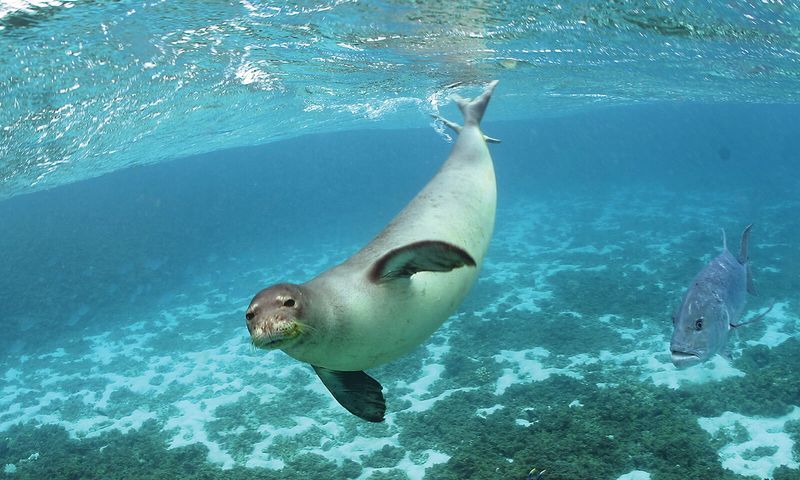
Basking on remote beaches, these playful marine mammals with whisker-framed faces are among the world’s most endangered seals. Fewer than 1,400 remain around the Hawaiian archipelago, their population still declining in some areas.
Ocean debris entanglement, limited food resources, and human disturbance threaten their survival. Female seals face additional challenges from aggressive male behaviors. Conservation efforts include protected pupping beaches and rehabilitation programs.
11. Vernal Pool Fairy Shrimp
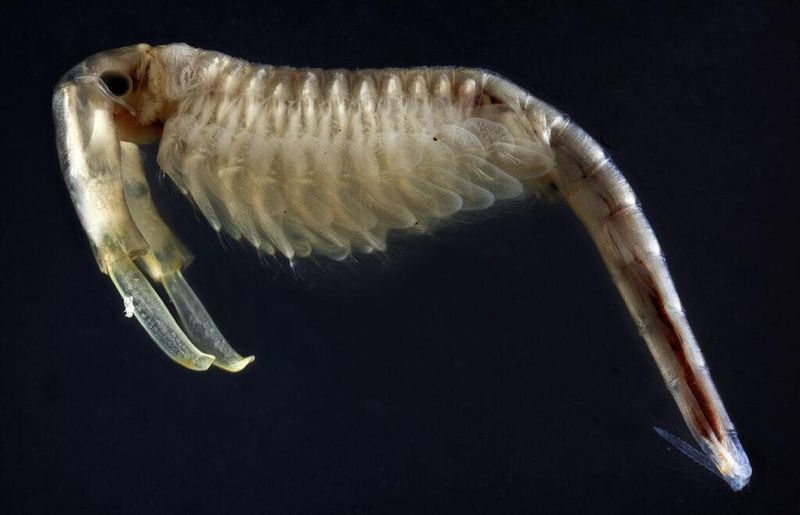
Appearing like magic after winter rains, these translucent crustaceans perform an evolutionary miracle in California’s seasonal pools. Their eggs can remain dormant for decades in dry soil until proper conditions return.
Development has destroyed over 90% of California’s vernal pools. Climate change threatens to disrupt the delicate rainfall patterns these specialized creatures depend on. Each disappearing pool takes with it a unique community of highly adapted species.
12. Ozark Hellbender

Lurking beneath clear Ozark Mountain streams, these giant salamanders can grow two feet long with wrinkled skin that absorbs oxygen directly from the water. Their prehistoric appearance has earned them nicknames like “snot otter” and “devil dog.”
Water pollution and sedimentation damage their sensitive skin. Dam construction fragments their habitat. These fully aquatic amphibians serve as important indicators of stream health, their decline signaling broader ecosystem problems.
13. Attwater’s Prairie Chicken

Famous for their elaborate mating dances, male prairie chickens inflate orange air sacs on their necks while stomping their feet and making booming calls. Once numbering nearly a million birds across coastal Texas prairies, fewer than 100 remain today.
Agricultural conversion eliminated 99% of their native grasslands. Captive breeding programs struggle to rebuild wild populations. These birds represent the last remnants of what was once North America’s most abundant grouse species.
14. Frosted Flatwoods Salamander

Mysterious denizens of southeastern pine forests, these striking black-and-white amphibians spend most of their lives underground. They emerge only during winter rains to breed in ephemeral wetlands filled by seasonal precipitation.
Fire suppression has altered their habitat’s natural cycles. Fewer than 20 breeding sites remain. Their complex life cycle makes conservation challenging – they need both intact upland forests and temporary wetlands within hopping distance.
15. Spruce-Fir Moss Spider

Smaller than a pencil eraser, these tiny arachnids make their homes exclusively in high-elevation moss patches beneath Fraser firs in the southern Appalachian Mountains. Their reddish-brown bodies blend perfectly with their microhabitat.
Climate change threatens their cool, moist environment. Non-native woolly adelgids kill their host trees. Despite their small size, these spiders represent a fascinating evolutionary story – ancient relics from the last ice age.
16. North Atlantic Right Whale
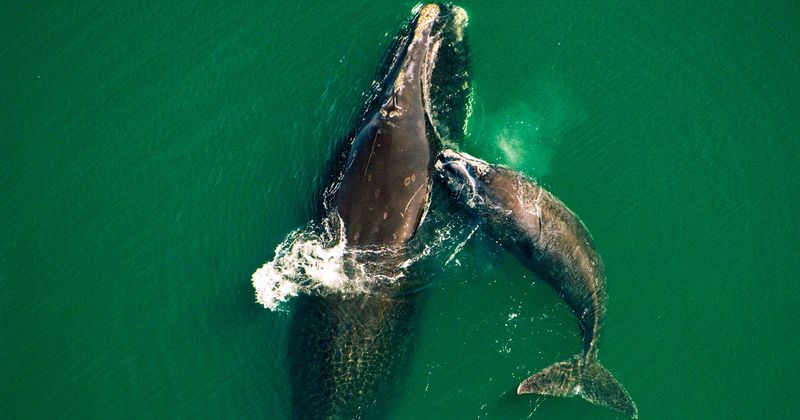
Gentle giants of the eastern seaboard, these massive marine mammals can weigh up to 70 tons yet feed on tiny plankton. Distinctive white callosities on their heads create unique patterns, allowing researchers to identify individuals.
Fewer than 350 remain after centuries of whaling. Ship strikes and fishing gear entanglement continue killing these slow-moving leviathans. Their low reproduction rate – females have calves only every 3-5 years – makes population recovery extremely difficult.


